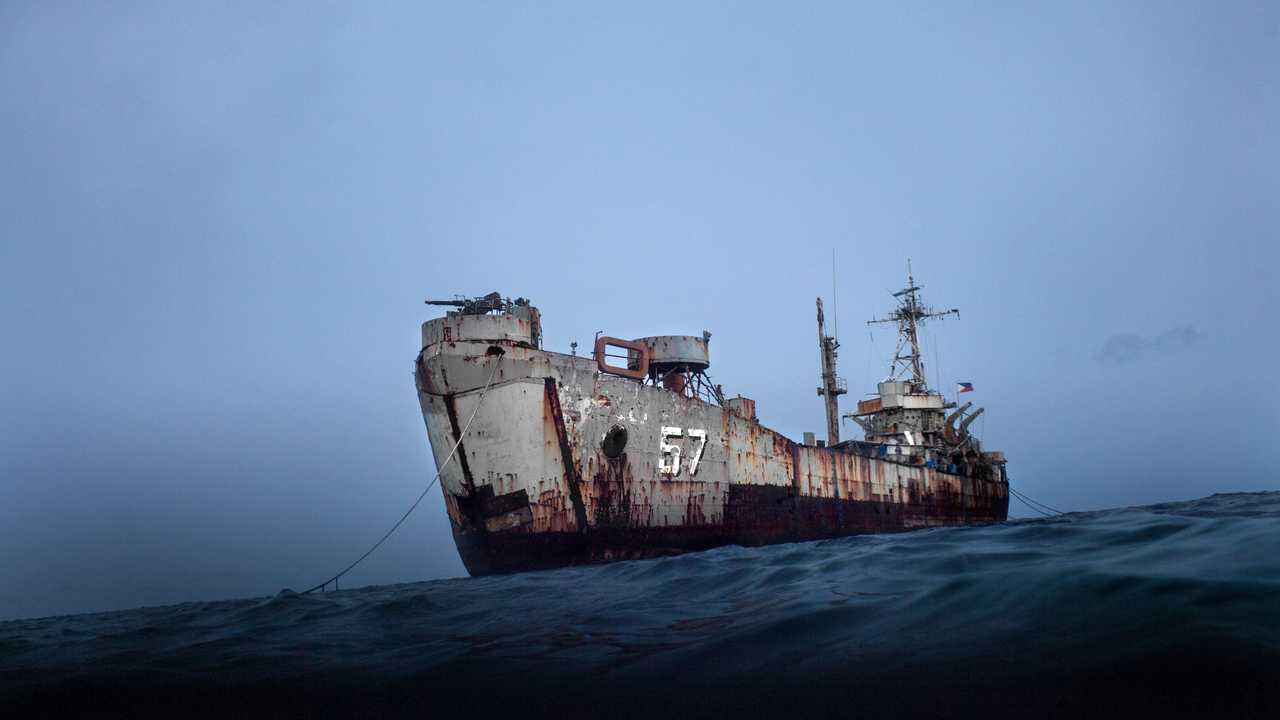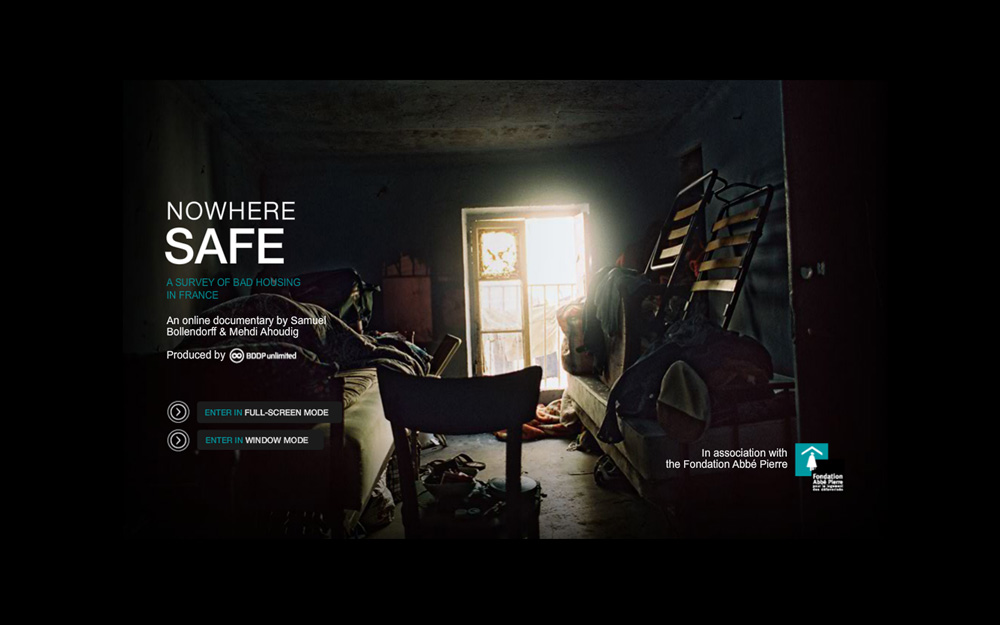
“A Game of Shark and Minnow” è un multimedia del
New York Times Magazine. Racconta di un luogo, Ayungin Shoal, situato a 105 miglia nautiche dalla Filippine, nel mar Cinese Meridionale in una zona chiamata
Reed Bank, pare ricca di vaste riserve petrolifere e di gas naturale. Qui il governo Filippino ha distaccato un gruppo di soldati a presidiare la zona, su una sgangherata nave ormai arenata. Un luogo alienante e strategico per il futuro dell’area, non solo della Reed Bank. Vogliamo segnalare questo multimedia, sia per la curiosità della storia stessa tesa tra il racconto della faticosa e alienante vita dei militari, sia per il ruolo strategico che la zona sembra avere.
Realizzato con tecniche già utilizzate ma sempre efficaci, con il continuo scroll della pagina si interagisce di volta in volta con cartine geografiche animate, video, fotografie e corposi testi scritti. A metà tra il reportage e lo strumento didattico, sembra legittima la domanda su quale tipo di utenza possano avere questi prodotti, per certi versi "ibridi". Di certo richiedono un pubblico motivato e curioso. Anche per questo un po' ci piacciono.
Gabriele Magazzù
ENGLISH VERSION
“A Game of Shark and Minnow” is a multimedia project by the
New York Times Magazine.
It tells the story of Ayungin Shoal, situated 105 nautical miles off Philippines’ South China Sea in
Reed Bank - an area that appears to be rich in oil and natural gas provisions. The Filipino government sent a troop of soldiers to oversee this zone on a now-rickety ship. It is a strategic yet alienated spot for the future of the entire area - not only for Reed Bank.
We’re recommending this multimedia project both for the peculiarity of the story itself (which sums up the intrinsic tension of the tricky and alienated life of the soldiers) and for the strategic role the area seems to play.
Designed with well-known yet effective techniques, the non-stop scroll down of the page allows for interaction with animated maps, videos, photos and texts. Halfway between a report and a didactical tool, it seems legitimate to wonder which segment of users these somewhat “hybrid” products pander to. They surely require a vividly curious and motivated audience. That’s why we like them enough.
The articles here have been translated for free by a native Italian speaker who loves photography and languages. If you come across an unusual expression, or a small error, we ask you to read the passion behind our words and forgive our occasional mistakes. We prefer to risk less than perfect English than limit our blog to Italian readers only.


